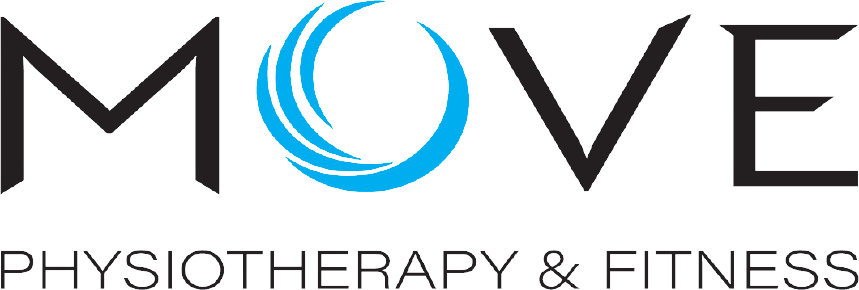- January 12, 2021
- Posted by: Daniel Ryan
- Categories: Elbow Injuries, Exercise, exercise rehab, Gym Training, Knee Injuries, Pain in the Achilles Region, Running injuries, Shoulder Pain

Has your Physiotherapist diagnosed you with tendinopathy? Rotator Cuff tendinopathy is present in 3 out of 10 people and is the most common form of shoulder pain. Tendinopathy can develop in most areas of the body, a well known condition caused by tendinopathy is tennis elbow. In fact, tendinopathy is responsible for roughly 50% of musculoskeletal injuries.
Your tendon attaches the muscle to the bone. In a healthy muscle, the muscle absorbs 60% of the force and the tendon absorbs about 40%. In a fatigued muscle, a weak muscle that can’t cope, it will only absorb 30% of the load. The other 70% of force is absorbed by the tendon. When the tendon is asked to absorb 70% of the load for a prolonged period, say over a weekend of DIY projects or your new running schedule, it starts to break down. You then enter the three phases of tendinopathy:
- Reactive Tendinopathy
- Tendon Dysrepair
- Degenerative (Chronic) Tendinopathy
Reactive Tendinopathy
The initial reactive tendinopathy phase develops when the tendon can no longer handle absorbing 70% of the load. The pain is usually more severe, but the tendon has not attempted to repair itself. The tendon thickens slightly but it still has the potential to revert back to normal and resolve itself. If you are going to rest, this is the only stage where it’s helpful.
Tendon Dysrepair
If the excessive loading does not stop, for example you tried running after living a sedentary lifestyle, developed very severe pain, but then tried to run again the next day…you will likely enter the dysrepair stage. Tendons are very bad at healing themselves, their cells become disorganised and they try to grow new blood vessels to help with the healing. This leads to a thick, stiff and weak tendon with microtears. This is the stage that is visible on ultrasound scans. This is when most people decide they will stop the new exercise regime and rest.
Degenerative (Chronic) Tendinopathy
The final stage is degenerative tendinopathy, this is when the changes within the tendon are now irreversible, meaning if we scanned your tendon after rehabilitation the tendinopathy would still be there. Clinically, this stage is present in the individual who has had an ongoing niggle for a few months. Every time you return to the activity, it flares up, so you stop and the cycle continues. In this phase, resting will not heal you, it will weaken your muscle further. The tendon will continue to absorb 70% of the load of the muscle is not strengthened. If this stage is continued without rehabilitation, the tendon ultimately fails and a tear is sustained.
Rehabilitation
The good news is rehabilitation of tendinopathy can help stop further degeneration and the tendon tearing. Physiotherapy will assist to strengthen the muscle belly; this will allow the muscle to start absorbing the load and ‘buffer the tendon’. It is important to see your Physiotherapist for supervised rehabilitation, they will ensure you are strengthening the muscle without continuing to overload the tendon. Living pain free is possible if you complete the rehabilitation pathway. If you’re unsure if you have tendinopathy and need a diagnosis, book in for our initial $67 consultation. If you are pain free and want to start exercising, but do not want to overload yourself or risk an injury, book in for our free exercise assessment with a Physiotherapist!
Ilana Viskovich
Physiotherapist
